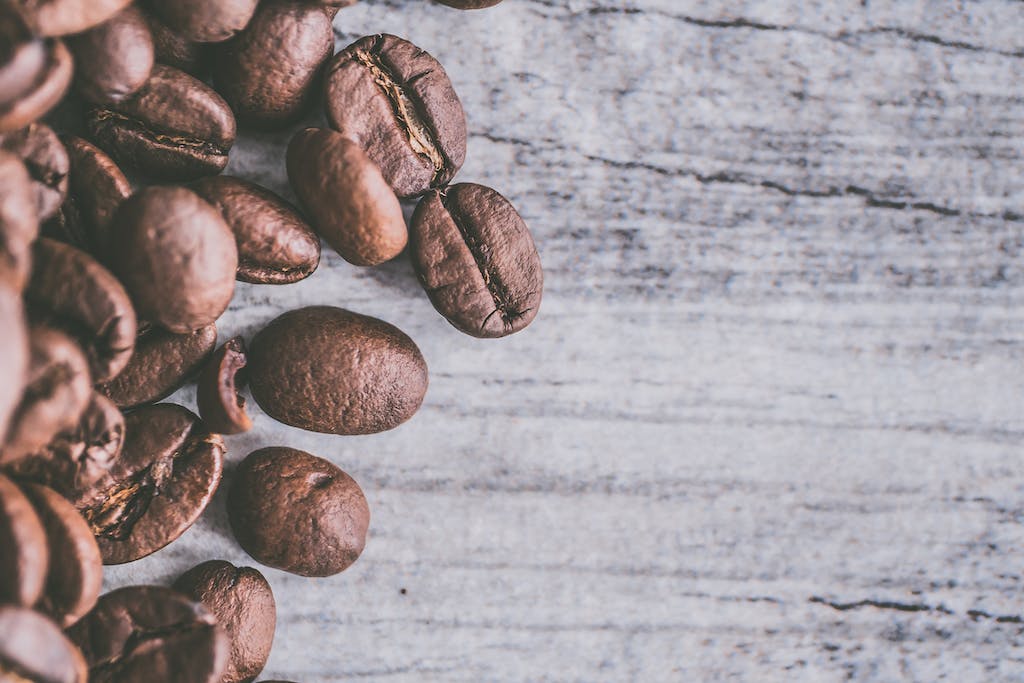How to Make Coffee Without a Coffee Maker: Easy Manual Brewing Methods
There are some affiliate links below, but they are all products I highly recommend. For more info, view my disclosure here.
Ever found yourself in dire need of a coffee fix but lacking a coffee maker? Don’t panic—you’re not alone, and we’ve got solutions. Making coffee without traditional equipment is easier than you think.
From using a simple pot to crafting a pour-over with household items, these methods offer robust flavor without the fuss. Embrace the art of manual brewing and discover that, sometimes, less is more. Whether you’re at home or adventuring outdoors, mastering these techniques ensures you’ll never have to forgo your morning ritual.
Understanding Coffee Extraction
Diving into the world of coffee brewing without a machine might seem daunting, but don’t worry—it’s all about understanding the basics of coffee extraction. This process is at the heart of making a great cup of coffee. Mastering it can make all the difference in your manual brewing adventures.
What is Coffee Extraction?
Coffee extraction is the process of pulling flavors from coffee grounds into water to create the beverage we know and love. Think of it as coaxing the coffee bean to share its secrets. The goal is to get the perfect balance: too much extraction and you end up with a bitter taste; too little and it might seem sour or weak. It’s a delicate dance, but one that’s crucial for achieving the right strength and taste.
Factors Affecting Extraction
Several factors impact how well coffee is extracted. Understanding these can help you tweak your method for the perfect cup:
- Grind Size: The size of your coffee grounds plays a huge role in extraction. Finer grounds increase the surface area for water to interact with, which can lead to faster extraction. This is ideal for quick brewing methods. On the other hand, coarse grounds are perfect for slower methods like French press, as they allow for a longer extraction time without becoming overly bitter.
- Water Temperature: Temperature is key—think of it as the catalyst in our flavor chemistry. Ideally, water should be between 195°F to 205°F. Too hot and you risk burning the grounds, making your coffee taste bitter or ashy. Too cold and you might not extract enough flavor, leaving your brew thin and sour.
- Brewing Time: The duration that water and coffee interact affects the flavor profile. Longer brewing times allow for more extraction, but too long could mean over-extraction, leading to bitterness. Some find a quick steep with hot water just right, while others prefer a more leisurely soak for deeper flavors.
Understanding these factors helps you adapt your manual coffee-making technique to suit your taste preferences. It’s not just about boiling water and ground coffee; it’s about balancing these elements to bring out the best in your beans. Think of it as crafting the perfect symphony of flavors, one cup at a time. Now, without a coffee maker, you’re equipped to experiment and find your ideal brew.
Methods for Brewing Coffee Without a Coffee Maker
When your coffee maker is out of commission or you’re traveling light, it’s handy to know alternative methods of brewing coffee. These manual techniques not only rescue your caffeine fix but might also offer flavors you haven’t tasted before. Here’s a look at how you can brew a delicious cup using simple techniques that may also enhance your appreciation for the craft of coffee-making.
French Press
The French Press is a classic for a reason. It brings out the bold flavors with relatively little effort. Here’s how you make the most of it:
- Grind the Beans: Aim for a coarse grind, resembling breadcrumbs. For every 8 oz of water, use about 2 tablespoons of coffee grounds.
- Add Coffee and Water: Place the grounds in the French Press, then pour hot water (195°F to 205°F) over them. Let the coffee bloom for about 30 seconds before stirring gently.
- Steep: Allow the coffee to steep for about 4 minutes. This duration balances extraction and flavor.
- Press and Pour: Slowly press the plunger down to separate the grounds from the liquid. Pour immediately into your cup to avoid over-extraction.
Pro Tip: To enhance flavor, preheat the French Press by swirling hot water, then discard it before adding the coffee grounds.
Pour-Over Coffee
Pour-over coffee is a soothing ritual with its own rewards. Here’s how you can master it:
- Assemble Your Gear: You’ll need a dripper, coffee filter, and a kettle.
- Grind the Beans: Opt for a medium grind, like sand. A ratio of 1:15 (coffee to water) works well.
- Wet the Filter: Place the filter in the dripper, then rinse it with hot water to remove any papery taste.
- Add Coffee Grounds: Place the grounds in the filter and set the dripper over your cup.
- Control the Pour: Start by pouring just enough hot water to cover the grounds, allowing them to bloom for 30 seconds. Pour the remaining water in slow circles to evenly soak the coffee.
Pro Tip: Use a gooseneck kettle for precision when pouring. Consistent water flow is key for uniform extraction.
Cold Brew Coffee
Cold brew is the perfect antidote for hot days, offering a smooth flavor profile. Here’s how to make it:
- Grind the Beans: A coarse grind is ideal. Use a 1:4 coffee-to-water ratio for a concentrate.
- Mix and Steep: Combine coffee and cold water in a jar, and let it steep in the fridge for 12 to 24 hours.
- Strain: After steeping, use a fine mesh strainer or cheesecloth to filter the grounds out.
Pro Tip: Cold brew concentrate is strong. Dilute it with water or milk before serving to suit your taste.
Cowboy Coffee
For those embracing the wilderness, cowboy coffee offers a straightforward, no-frills brew:
- Boil Water: On a campfire or stovetop, bring water to a gentle boil in a pot.
- Add Coffee Grounds: Use about 2 tablespoons of grounds per 8 oz of water. Stir and remove the pot from heat.
- Steep and Settle: Let it sit for about 3 minutes, then tap the side of the pot to help grounds settle at the bottom.
- Pour and Enjoy: Slowly pour the coffee into your cup, being careful not to disturb the settled grounds.
Pro Tip: If you have a little cold water, sprinkle it over the top. This trick helps the grounds sink to the bottom more efficiently.
Turkish Coffee
Turkish coffee is a rich and aromatic brew that requires some special equipment and technique:
- Use a Cezve: This is a small pot specifically designed for making Turkish coffee.
- Grind to a Fine Powder: Use the finest grind you can achieve, akin to powdered sugar.
- Mix Ingredients: Add water to the cezve, then stir in the coffee and sugar (if desired) without boiling.
- Heat Slowly: Place it on a low flame. As the coffee warms, it will foam. Remove it just before it boils.
- Serve with Foam: Pour the coffee into small cups. Traditionally, each cup gets foam on top, so pour slowly.
Pro Tip: Patience is vital. Heating slowly will ensure a well-blended flavor without burning the coffee.
By mastering these methods, you gain flexibility in how and where you can enjoy your favorite beverage, turning the absence of a coffee maker into an opportunity for flavorful exploration.
Tips for Making Great Coffee
Crafting the perfect cup of coffee manually is an art that requires attention to detail and a sense of adventure. While it might seem challenging at first, understanding a few core principles can transform your approach. Let’s explore some key tips to enhance your brewing skills and achieve a rich and satisfying coffee experience.
Choosing the Right Coffee Beans
Starting with quality coffee beans is like choosing fresh ingredients for cooking. The freshness of your beans directly impacts flavor, akin to the brightness of just-picked produce. Look for beans that are recently roasted; the fresher, the better. Opt for whole beans and grind them yourself. This might feel like an extra step but it keeps the flavors locked until you’re ready to brew. Pay attention to the origin and roast level—each offers a distinct profile, much like choosing between sweet or tart apples for a pie.
Importance of Water Quality
Water makes up the bulk of your coffee, so its quality can’t be overlooked. Using filtered water can make a significant difference, much like the difference in taste between tap and bottled water. Hard water may lead to flat flavors, while too soft water might result in sour notes. The correct temperature—between 195°F and 205°F—promotes optimal extraction, ensuring flavors are neither underwhelming nor harsh. Think of it as the ideal condition for a seed to sprout into a luscious plant.
Experimenting with Ratios
Finding the right coffee-to-water ratio is a personal quest worth pursuing. If your coffee feels too strong, reduce the amount of coffee or increase the water. Too weak? Do the opposite. Begin with a ratio of 1:15 (1 gram of coffee to 15 grams of water) and tweak from there. Think of it as seasoning a dish—everyone’s palate is different, so don’t hesitate to adjust until it tastes just right for you. Practice makes perfect, and you’re the chef of your cup.
Approach each cup as an opportunity to refine your method, and before you know it, manual brewing will become second nature. As you become more familiar with these elements, you’ll find making coffee by hand can be a rewarding and highly personalized experience.
Conclusion
If you’ve ever faced the morning without a coffee maker, know that you’re in good company and innovation is at your fingertips. Making coffee without the usual equipment can be a fun challenge—a nod to simpler times and the joy of discovery. With so many methods at your disposal, there’s a world of flavors waiting to be explored, each offering a unique twist on your daily brew.
Reinvent Your Coffee Routine
Why stick to the same old routine when you can spice things up? Consider these manual brewing methods as tools to broaden your flavor palette and change how you experience coffee:
- French Press: Emphasizes bold flavors, perfect for a robust pick-me-up.
- Pour-Over: Ideal for those who love a ritualistic approach and nuanced tastes.
- Cold Brew: A great choice for warm days, offering a smooth, chilled coffee experience.
- Cowboy Coffee: A no-frills method, bringing a touch of cowboy spirit to your cup.
- Turkish Coffee: Turns brewing into an art form, delivering rich and aromatic results.
Encourage Your Inner Barista
Trying these methods invites you to experiment and refine your techniques, helping you become your own barista. Don’t be afraid to play with different beans, grind sizes, and water temperatures. Each cup can teach you something new, pushing you one step closer to mastering coffee-making without a machine. Ask yourself: What flavors do I want to explore today?
Remember, a perfect cup is subjective. What tastes best is what you like best. Start brewing, and you might find that not having a coffee maker isn’t a setback but an opportunity. So grab those beans, get creative, and transform your coffee break into an adventure.

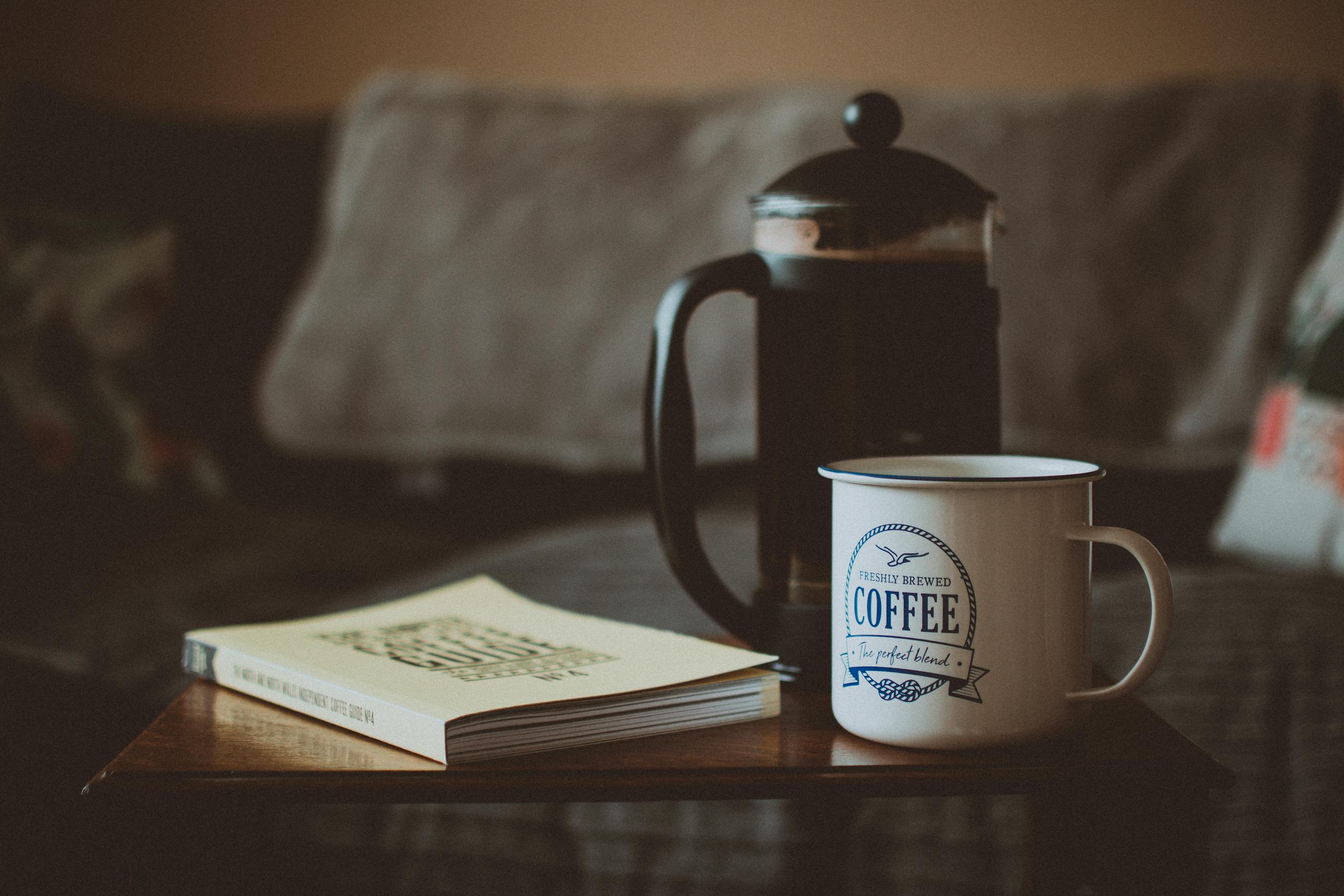
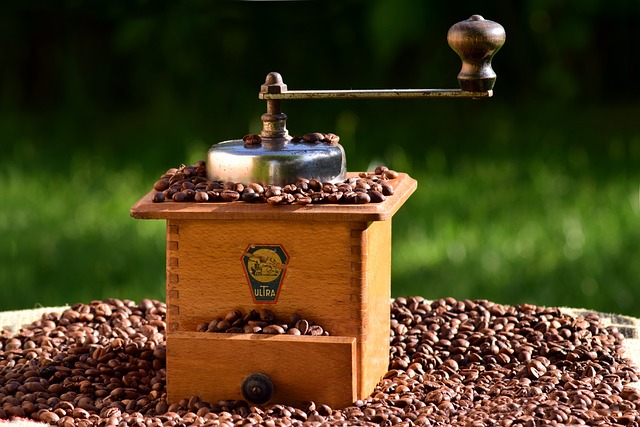
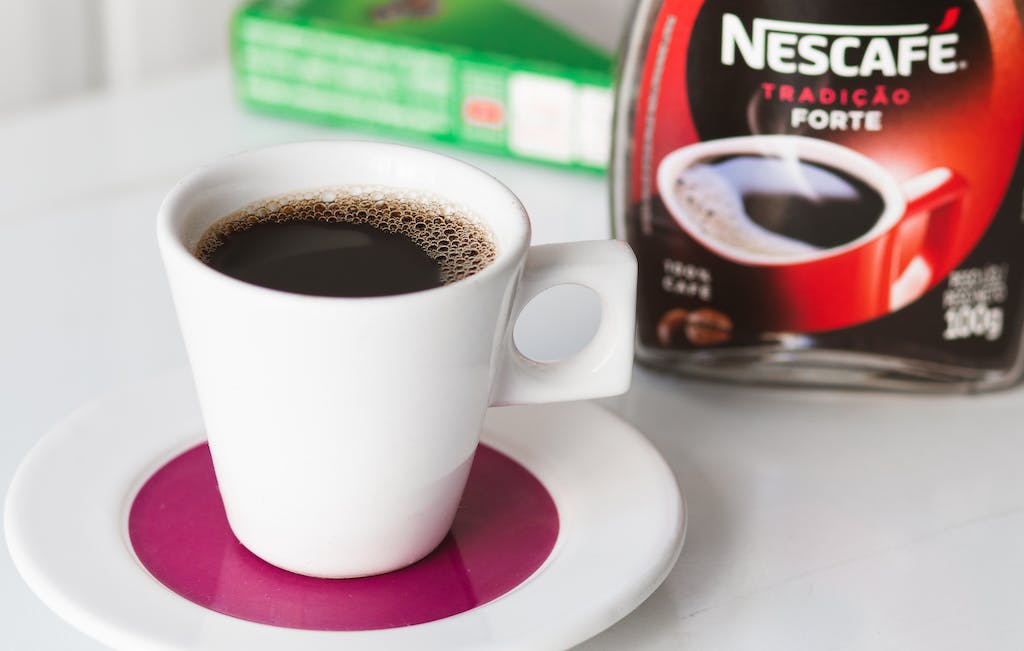
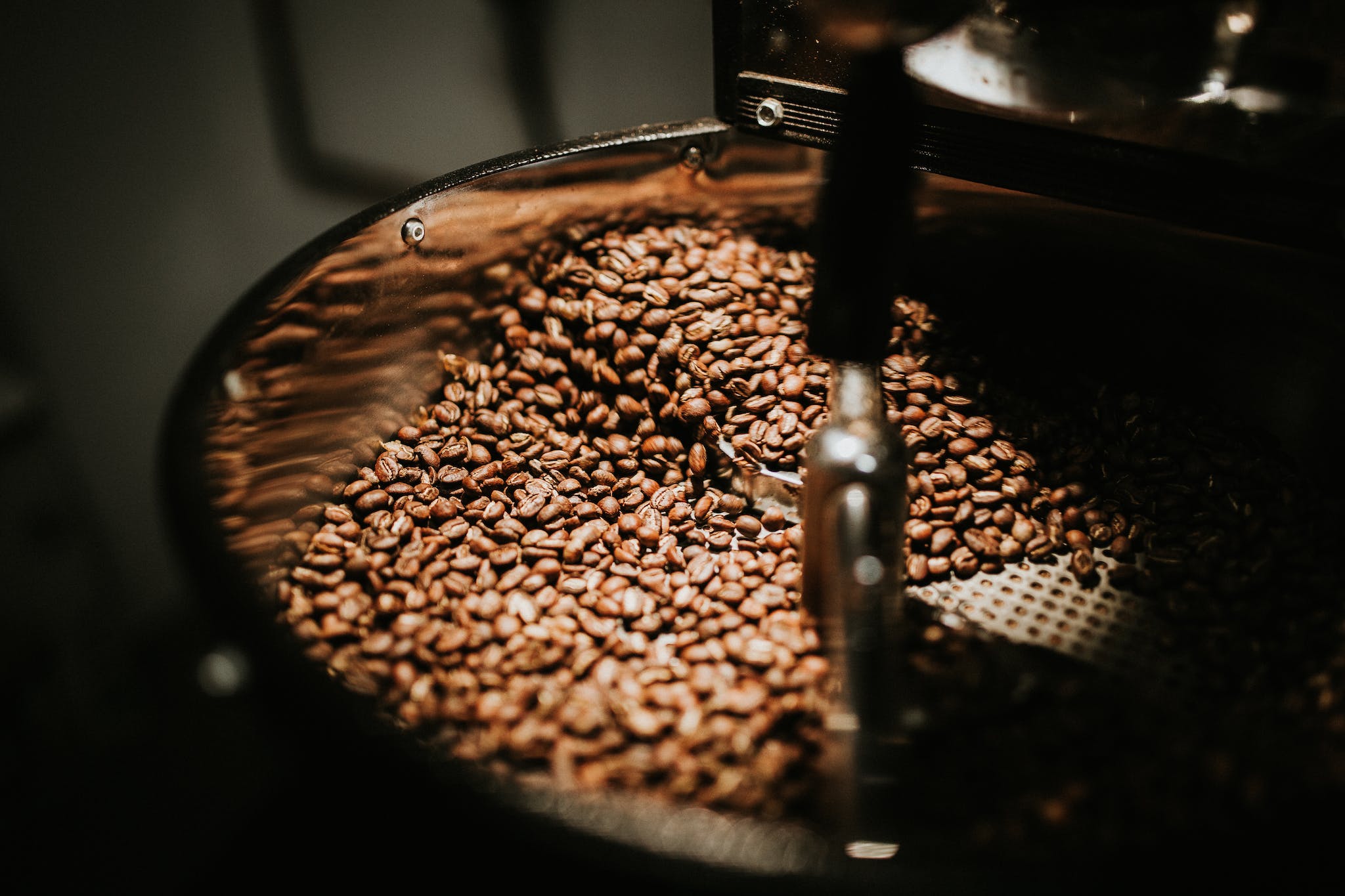
![French Press vs Pour Over: A Friendly Guide to Better Mornings [2025 Update] 5 top filter coffee beans](https://coffeebeanscene.com/wp-content/uploads/2025/03/top_filter_coffee_beans.jpg)

